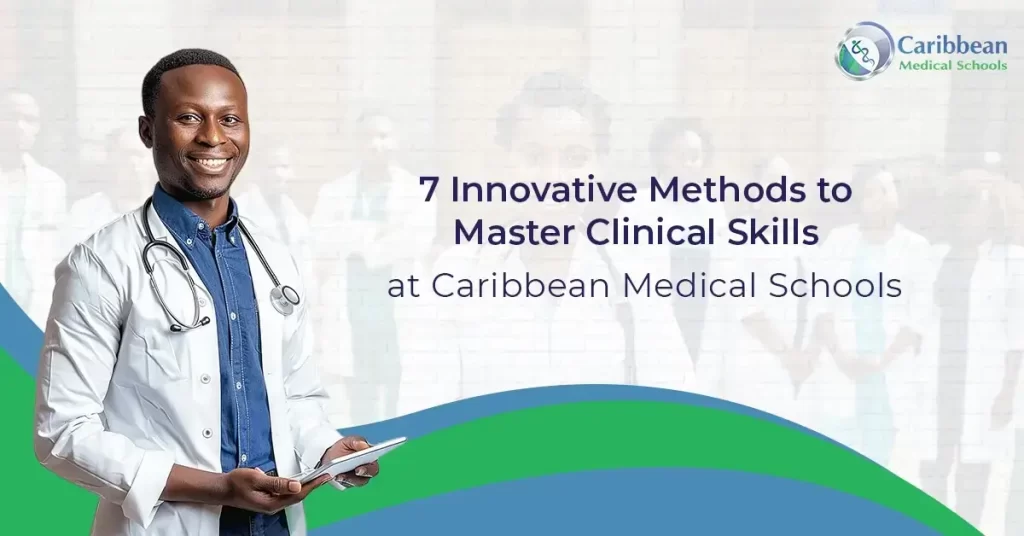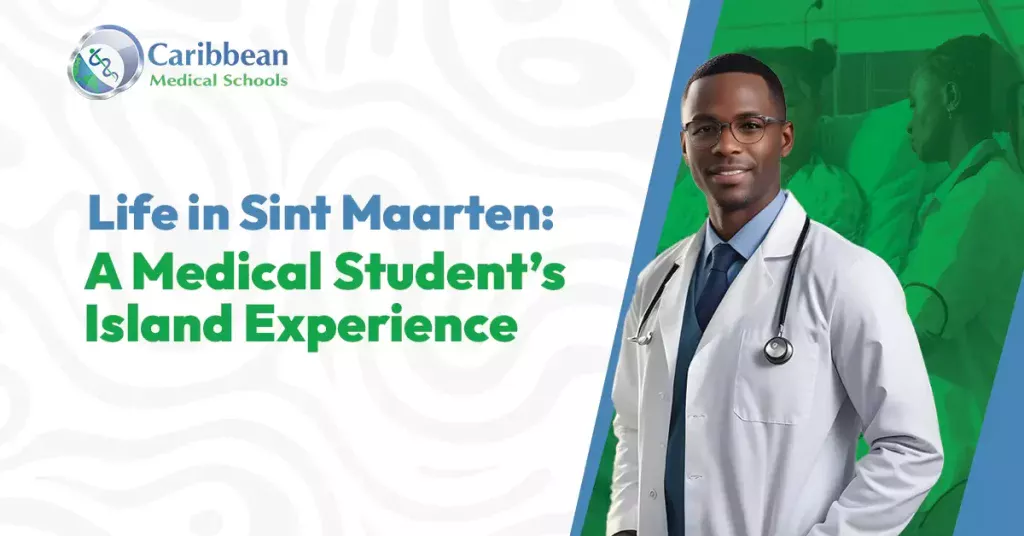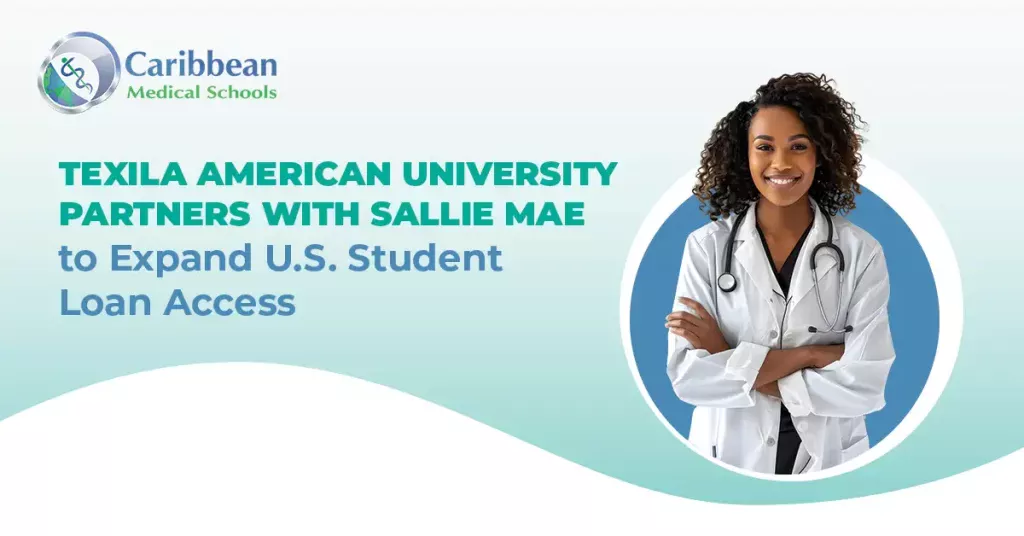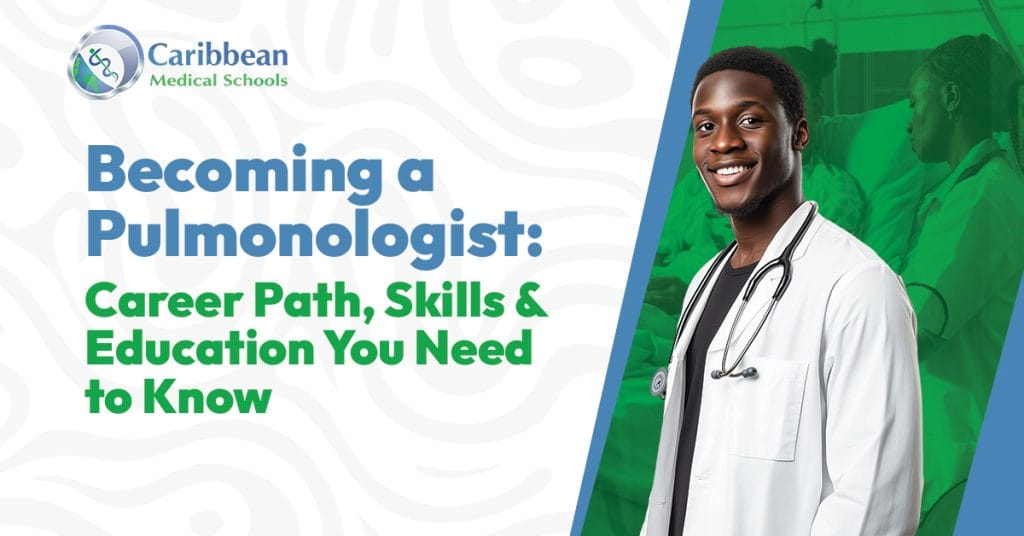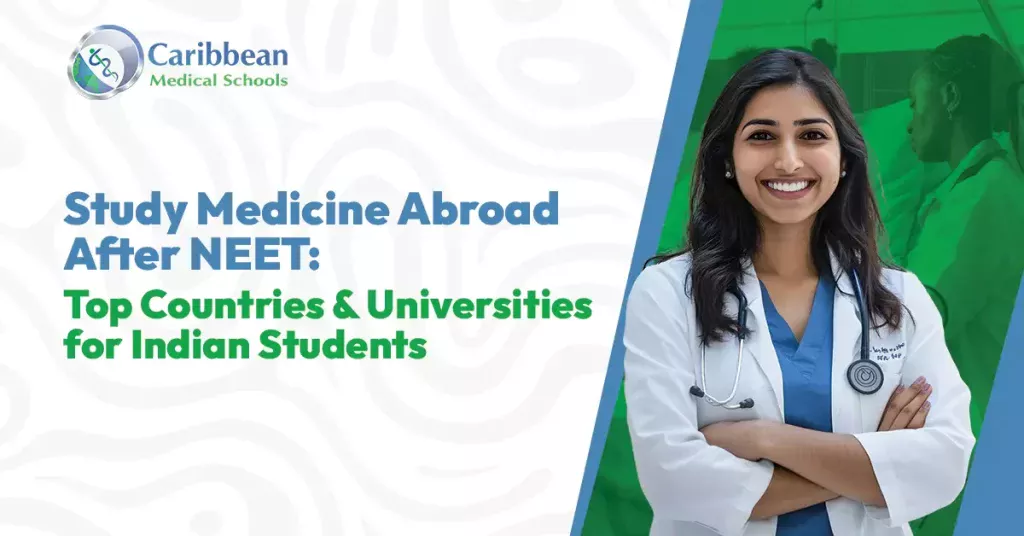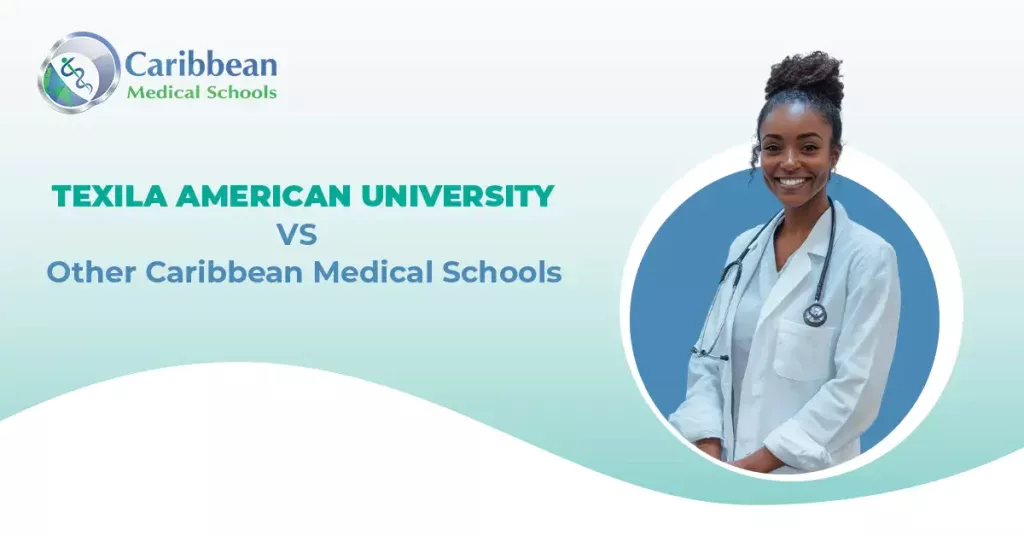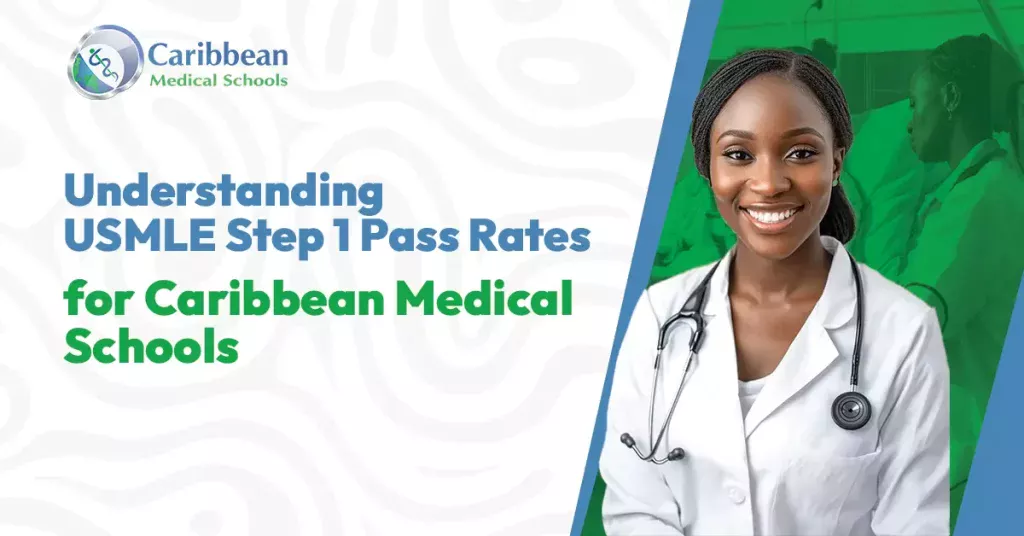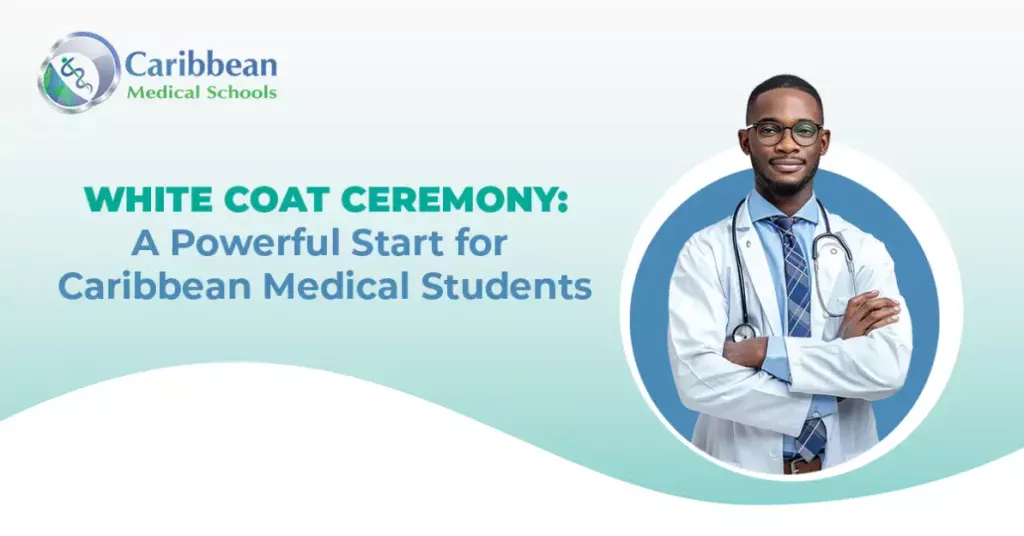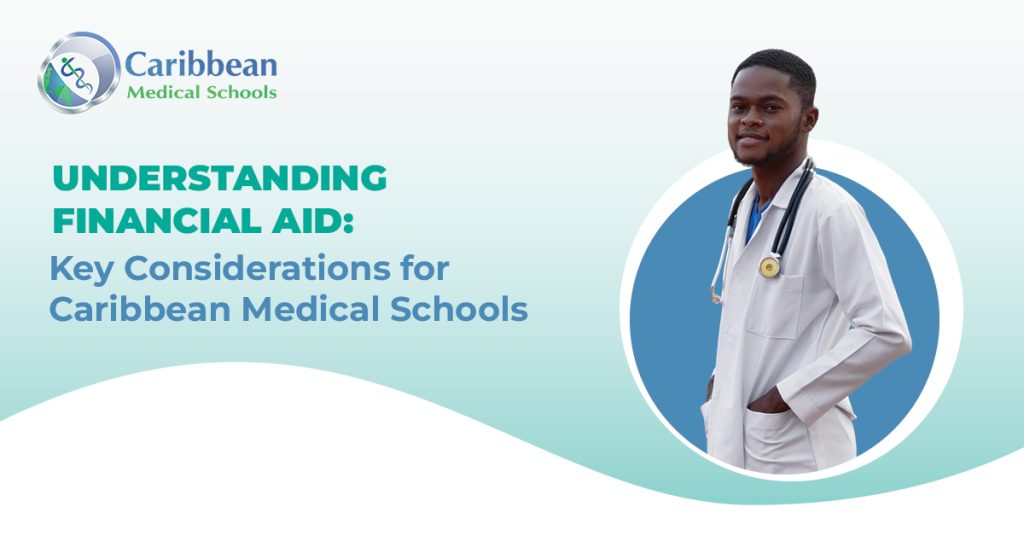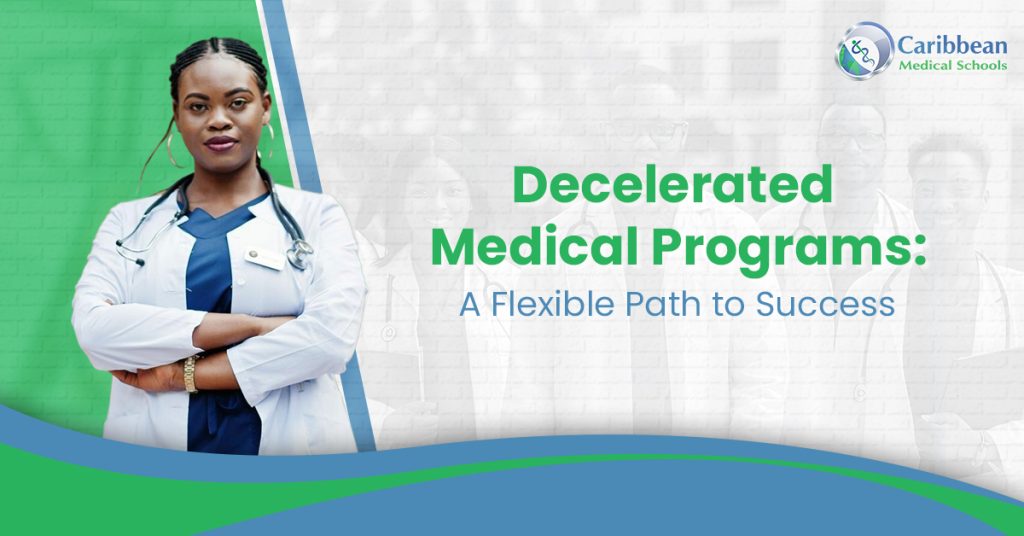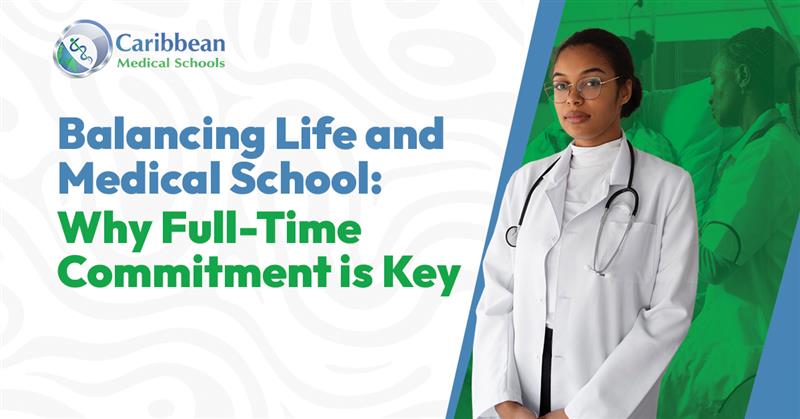Blog Summary
Caribbean medical schools are gaining popularity among aspiring doctors. These schools offer high-quality education, beautiful environments, and diverse experiences. But how do students master the critical clinical skills they need? This article will discuss seven innovative methods that Caribbean medical schools use to ensure their students become skilled and confident healthcare professionals.
Table of Contents
Introduction
Becoming a skilled doctor is filled with challenges and opportunities, especially in Caribbean medical schools‘ dynamic and vibrant settings. These institutions are renowned not only for their picturesque locations but also for their innovative approaches to medical education. Unlike traditional methods in many other medical schools, Caribbean schools embrace unique techniques designed to enhance clinical skills and prepare students for modern healthcare.
From cutting-edge simulation labs to early patient interactions, these schools are pushing the boundaries of medical training. Imagine being a medical student who gets to practice real-life medical scenarios in a state-of-the-art simulation lab or engaging with patients from your first year. These experiences are about learning and mastering the art of patient care.
This article outlines seven groundbreaking methods Caribbean medical schools use to help their students excel. Whether you are a prospective medical student or simply curious about innovative educational practices, these insights will provide a deeper understanding of how future doctors are trained in these tropical paradises.
1. Simulation Labs
Simulation labs are a cornerstone of modern medical education. These labs replicate real-life medical scenarios using advanced mannequins and virtual reality. Imagine practising CPR on a mannequin that responds like a human patient—its chest rises and falls, makes sounds, and even has a pulse. This immersive experience allows students to hone their skills in a controlled, risk-free environment. They can make mistakes and learn from them without harming actual patients.
These labs are equipped with high-fidelity simulators that provide realistic feedback. Students can practice everything from fundamental procedures like taking blood pressure to complex surgeries. This hands-on practice is invaluable, as it builds confidence and competence in clinical skills.
2. Early Patient Interaction
Many Caribbean medical schools introduce students to patient care early in their education. Instead of waiting until the later years of medical school, students start interacting with patients from the first year. This early exposure helps students develop communication skills, bedside manners, and a deeper understanding of patient care.
Think of it as learning to swim by getting in the water rather than just reading about swimming techniques. Students become comfortable in clinical settings much sooner by talking to patients, taking medical histories, and observing real-life consultations.
3. Problem-Based Learning (PBL)
Problem-Based Learning (PBL) is an educational method that utilizes real-world problems to facilitate learning. Instead of traditional lectures, students who study medicine in the Caribbean work in small groups to solve clinical cases. This method encourages active learning, critical thinking, and teamwork.
For example, students might be presented with a patient with symptoms. They must research the possible causes, discuss them with their peers, and develop a diagnosis and treatment plan. Problem-based learning (PBL) closely replicates the real-world diagnostic process, effectively preparing medical students in the Caribbean for the challenges they will encounter in their medical careers.
4. Telemedicine Training
Telemedicine is becoming increasingly important in healthcare, especially in regions where medical facilities are scarce and remote. Caribbean medical schools are incorporating telemedicine training into their curricula to prepare students for this growing field.
Through telemedicine, students learn to conduct remote consultations, interpret digital medical records, and provide care from a distance. This training is essential because it prepares future doctors to provide high-quality care in diverse settings, including rural and underserved areas.
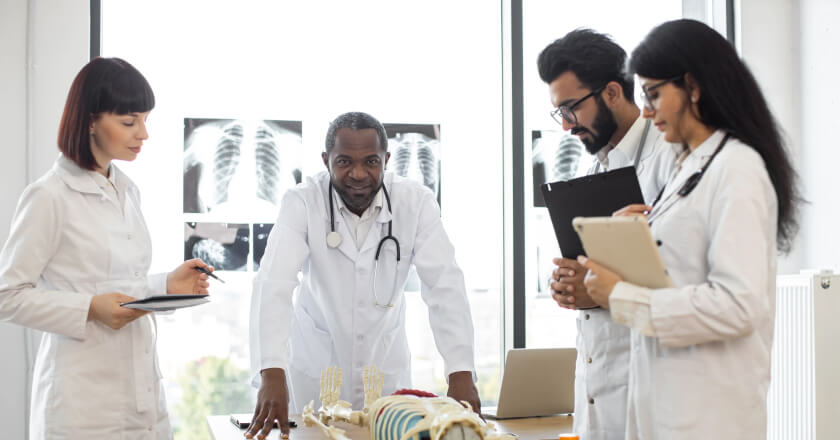
5. Interdisciplinary Learning
Healthcare is a team effort involving professionals from various fields working together to provide the best patient care. Top Caribbean medical schools emphasize interdisciplinary learning, where medical students collaborate with students from nursing, pharmacy, and other health sciences programs.
This method encourages a more profound comprehension of the duties and obligations of various healthcare professionals. It also improves communication and teamwork skills essential for effective patient care. For instance, during a case study, medical students at top Caribbean medical schools might work with nursing students to develop a comprehensive care plan, considering all patient needs.
6. Clinical Rotations Abroad
One unique advantage of attending a Caribbean medical school is the opportunity for clinical rotations abroad. These rotations allow students to gain experience in different healthcare systems and cultural settings. For example, a student might spend a few months in a hospital in the United States, Canada, or the UK, learning how healthcare is delivered in those countries.
This international exposure broadens students’ perspectives and enhances their adaptability. They learn to navigate different medical practices, patient expectations, and healthcare policies, making them more versatile and culturally competent physicians.
7. Utilizing Advanced Technology
The Best Medical Schools in the Caribbean are pioneering cutting-edge technology to improve education. From virtual reality to artificial intelligence, these technologies are transforming medical education. For instance, virtual reality can simulate surgeries, allowing students to practice in a 3D environment that mimics real-life conditions.
Artificial intelligence can help students analyze medical data and make diagnostic decisions. For example, AI algorithms can process patient data to suggest possible diagnoses, which students can investigate further. This technology enhances learning and equips students for a medical future in which technology will be more crucial.
Conclusion
Mastering clinical skills is a critical part of medical education, and Caribbean medical schools are using innovative methods to ensure their students succeed. These schools provide a comprehensive and forward-thinking education, from simulation labs and early patient interaction to telemedicine training and advanced technology. By embracing these methods, students are well-prepared to become skilled, compassionate, and adaptable healthcare professionals.
FAQ
What are simulation labs, and how do they help medical students?
Simulation labs are advanced training environments where medical students can practice clinical procedures on high-fidelity mannequins and virtual patients. These labs provide students with a safe and controlled environment to develop their skills, enabling them to learn from mistakes without endangering patients.
Why is early patient interaction meaningful in medical education?
Early patient interaction helps medical students develop essential communication and clinical skills from the beginning of their education. It builds confidence and comfort in clinical settings, ensuring students are better prepared for real-world patient care.
How does Problem-Based Learning (PBL) differ from traditional medical education?
Problem-based learning (PBL) focuses on solving real-life clinical cases in small groups rather than passively listening to lectures. This method promotes active learning, critical thinking, and teamwork, better-preparing students for the diagnostic and treatment challenges they will face as doctors.
What role does telemedicine training play in modern medical education?
Telemedicine training prepares students to conduct remote consultations, interpret digital medical records, and provide care from a distance. This is increasingly important in today’s career landscape, especially in remote and underserved areas.
How do clinical rotations abroad benefit medical students?
Clinical rotations abroad give students exposure to different healthcare systems and cultural settings. This international experience enhances their adaptability, cultural competence, and understanding of global health practices, making them more versatile physicians.

